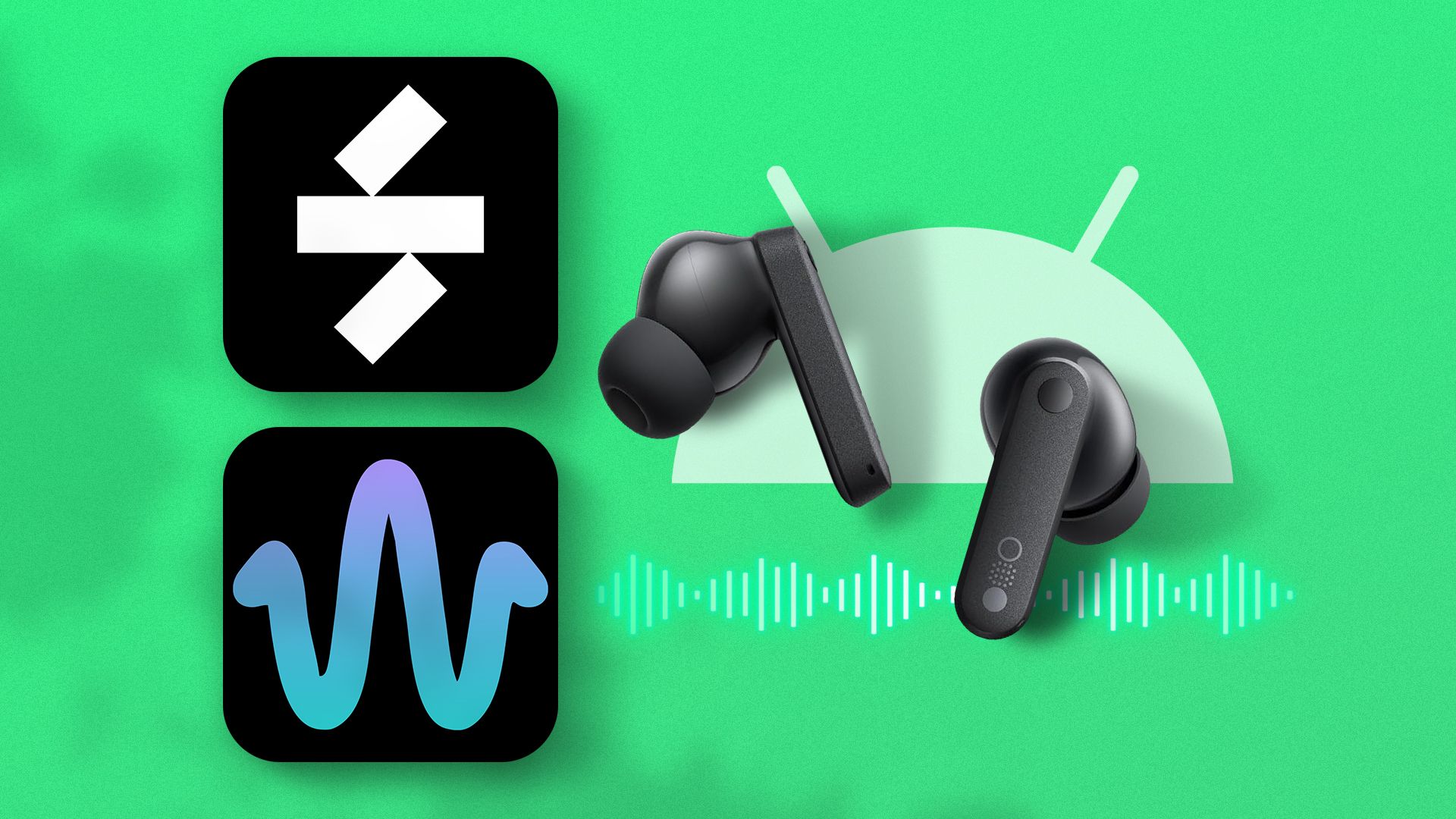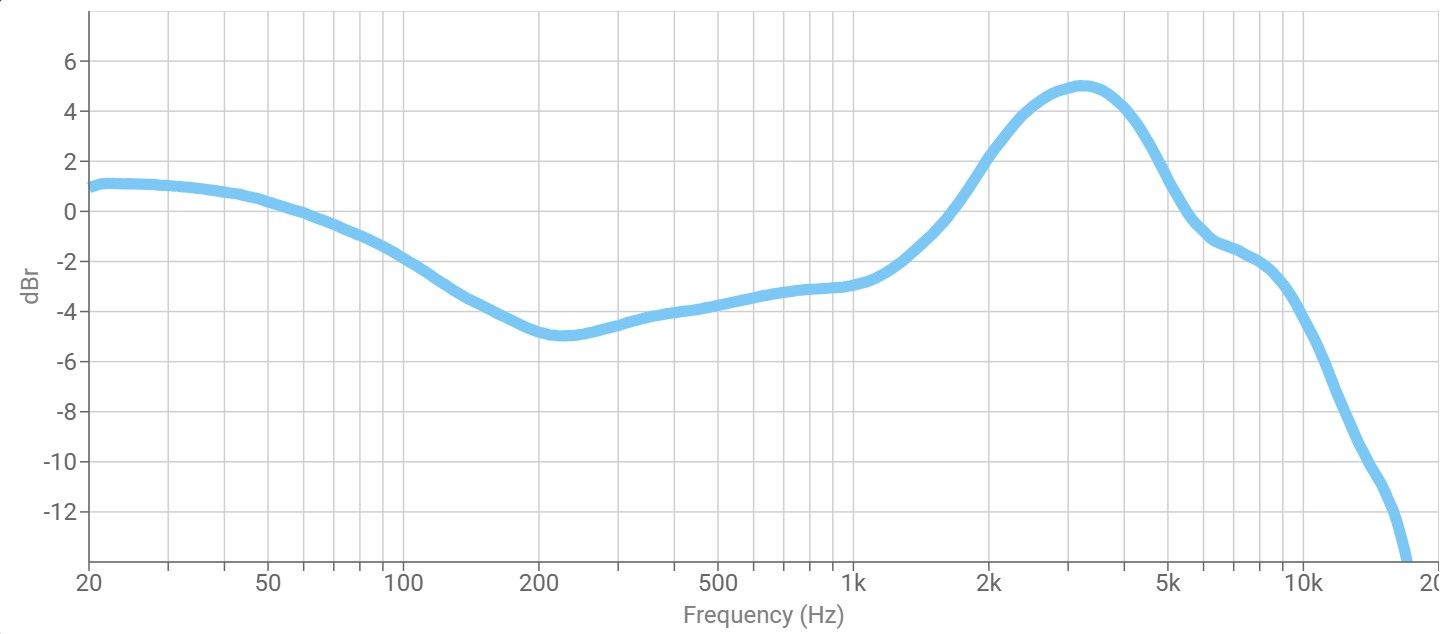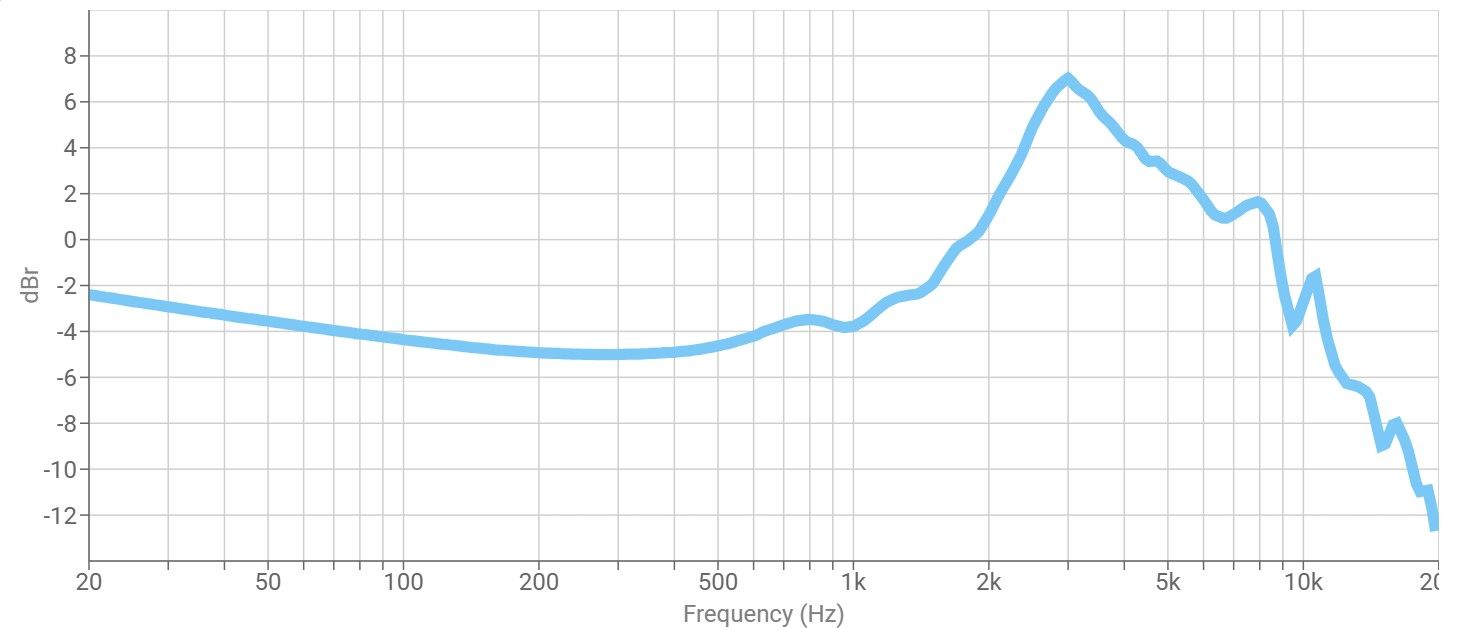Summary
- The Harman curve is a popular sound signature for headphones due to years of research and listener feedback.
- Its appeal lies in its genre versatility and voice clarity, making it suitable for different use cases.
- While the Harman curve may be preferred by many, different ears and preferences exist, leading to other target curve options.
Everyone’s got their own take on how headphones or in-ear monitors (IEMs) should sound. Some folks are die-hard fans of a flat frequency response, chasing that clinical, nothing-added-nothing-taken-away type of vibe. Others just want the bass to rattle their teeth.
And, somewhere in the mix, you are likely to hear about the Harman Curve, especially if you’ve poked around in audio forums or read more than a few headphone reviews. It’s often praised as a sort of gold standard for how audio gear should sound. So, what exactly is this curve, and why does it seem to hit the sweet spot for so many people?
The Harman Curve Is the Result of Years of Blind Listening Tests
Back around 2012, a team at Harman International (the folks behind JBL, AKG, and other audio brands), led by Dr. Sean Olive and Todd Welti, set out to answer a deceptively simple question: What kind of headphone sound do people actually like best? They weren’t interested in what looked good on paper or what some self-proclaimed audiophile said on a forum. Instead, they wanted real, unbiased feedback from real listeners.
So, they designed double-blind experiments where listeners had no idea what brand or model they were hearing. This stripped away any preconceived notions or brand loyalty and forced people to focus purely on the sound. The initial tests started with just a handful of trained listeners, but over the years, the pool grew to include hundreds of people from different backgrounds, ages, and audio experience levels evaluating a vast array of different headphone models. This made the findings more robust and less biased by any single group’s preferences.
As more ears chimed in, a pattern started to show itself. A particular sound signature kept popping up as the crowd favorite. Eventually, it earned a name: the Harman curve. When plotted on a frequency response graph, the curve has a noticeable peak in the mid-bass region and another peak in the high frequencies, and gives the appearance of a shallow “U.”
Why People Like The Harman Sound Signature So Much
I think a big reason people connect with this sound signature is that it works across genres. Headphones tuned to the Harman Curve usually land in that sweet spot where everything sounds solid without you feeling like you need to babysit an EQ. That alone makes life easier. Most of us aren’t out here looking to fiddle with frequency bands every time we jump from a podcast to a playlist. We just want to hit play and not wince.
And speaking of podcasts, the Harman tuning does voices right. Speech comes through clean, grounded, and actually listenable. If you’ve ever tried catching up on your favorite show with headphones that sound like someone wrapped them in a blanket, you know how grating that can get. It’s nice when the hosts actually sound like they’re in the room with you instead of yelling through a tunnel.
Unfortunately, the Harman Curve Is Not One-Size-Fits-All
Human hearing is anything but universal. It starts with the structure of the ear itself, which is (un)surprisingly personal. Everyone’s got a different ear shape, which includes ear canal depth, the angles of the outer ear (the pinna), and all those tiny folds and ridges that look random. These quirks shape how we hear space and direction in sound, and they’re not consistent from person to person. So when headphone makers aim for a so-called “ideal” frequency response curve based on the average ear, it sort of works, but not for everyone.
Hearing sensitivity also differs from person to person, and even with more variation. Some folks have razor-sharp hearing. Others might be living with some degree of wear and tear, maybe from too many front-row nights at loud venues, or just the slow roll of aging. High frequencies are often the first to fade with age, which means that a headphone tuned to a widely accepted target like the Harman curve might sound dull or muted up top to someone older. On the flip side of this, that extra bass baked into the curve might feel a bit much to them, especially as high-frequency loss can make low-end sounds feel more intense by comparison.
Even your cultural background can influence how you perceive sound. A classical listener or someone who works with sound professionally might lean toward a cleaner, flatter response. To them, the Harman curve might sound like it’s pushing the lows too much. But say you’re into jazz vocals; you might want the mids to come forward a bit more, just to let those voices shine. Or say you are a gamer; you will probably want more treble detail so you can tell where footsteps are coming from.

Related
You Really Do Need Audiophile Headphones
Once you try a pair, everything else will sound like two tin cans tied to a string.
There Are Other Popular Target Curves
The Harman curve might hog most of the spotlight when people talk about headphone tuning, but it’s hardly the only approach out there. Plenty of engineers, audiophiles, and even some headphone brands lean toward other tuning targets. Depending on what your ears are into, one of these might actually click better than Harman:
Diffuse Field (DF) Target
The Diffuse Field target curve is one of the most historically referenced. It’s based on the idea of replicating the sound a listener would hear in a room where sound reflects equally from all directions (what acousticians call a “diffuse sound field.”) Headphones tuned to the DF curve typically have a brighter, more analytical sound, with an emphasis on treble and upper midrange detail. This makes them great for critical listening or mixing, but they can feel fatiguing or overly sharp to casual listeners. If you’ve ever put on a pair of headphones and thought, “Wow, that’s a lot of treble,” there’s a good chance they were DF-tuned.
Free Field (FF) Target
Less common today, the Free Field target simulates the experience of hearing sound in a reflection-free space (imagine listening to a single speaker in a giant open field). In practice, FF-tuned headphones can sound thin or sterile, especially with vocals and bass-heavy tracks, because they lack the warmth and room-related cues our ears are used to. It’s largely fallen out of favor, but it’s worth knowing about—especially if you’re trying to understand why older reference headphones sound the way they do.
B&K (Bruel & Kjaer) Curve
This one dates back to research from the 1970s. It’s often used for speaker tuning, but some headphones aim to emulate its traits. The B&K curve features a slight bass hump at the low end and then gradually rolls off towards higher frequencies. It’s often praised for its accuracy in the higher frequency range and is considered a classic reference for room response preferences. Some listeners find it more natural or “neutral” compared to the Harman curve, especially in terms of treble presentation.
You Don’t Need Expensive Gear to Experience the Harman Tuning
If you’re looking to tune your headphones to something close to the Harman curve, you’ve got a couple of solid starting points. AutoEQ and oratory1990’s EQ database on Reddit are both worth checking out.
Between the two, there’s a hefty pile of presets tailored for all kinds of headphone models, all nudging the sound in that Harman-ish direction. AutoEQ even throws in options for a few different target curves, in case you want to experiment a bit. The process is pretty straightforward: find your model, grab the preset, and drop it into an EQ app that can handle it, and that’s it. You don’t need to get knee-deep in graphs or start decoding frequency response jargon unless you’re into that kind of thing.
If you’re on Android, you’re especially spoiled for choice when it comes to EQ apps for mobile phones. Wavelet is a fan favorite, and for good reason. It has AutoEQ profiles for tons of headphones and can tweak the sound with almost zero effort. Just tap, and it does the heavy lifting. Beyond that, there’s Poweramp Equalizer, Music Volume EQ, and SpotEQ31.

Related
These Two Free Android Apps Will Help You Get the Best Sound From Your Wireless Earbuds
Instant results—no expertise needed.
iPhone users don’t have it quite as easy as Apple puts up more walls when it comes to system-wide EQ, but there are still ways to get in on the fun. Apps like Boom, Equalizer FX, and Equalizer+ work well within their own music players or supported apps. And if you’re using Apple Music, the built-in EQ presets can give the sound a little push in the right direction—more bass, brighter treble, that sort of thing.

Related
Since its initial formulation, the Harman Curve has undergone several iterations and has been adapted to cater to different types of headphones. Over the years, researchers have developed distinct versions of the Harman Target for over-ear headphones (released in 2013, 2015, and 2018) and for in-ear monitors (IEMs), with versions appearing in 2016, 2017, 2019, and a revised “v2” in that same year.
There’s a good chance that you’ll be one of the many people that enjoy the sound of the curve, but even if you don’t, it’s worth hearing for yourself what all the fuss is about.




